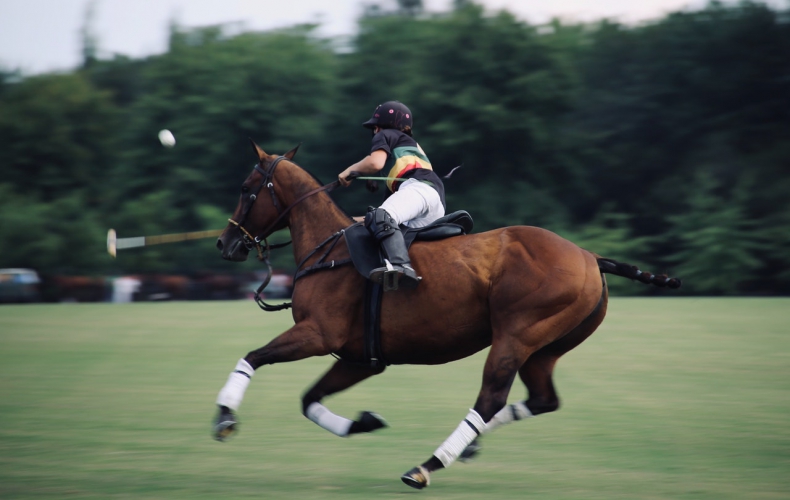Negligence in Horseback Riding Activities – A Legal Primer

Despite their beauty and grace, riding horses is considered quite a dangerous activity. Horses are intelligent living animals, and even the most well-trained rider can be thrown off or injured by a horse.
When you introduce new riders, children, or just people who are skittish of horses into the mix, the potential for accidents and injuries increases exponentially.
Fortunately, there are many jurisdictions around the United States that are sensitive to the plight of horse lovers, owners, and entrepreneurs who want to run horseback riding businesses.
Instead of forcing these business owners to follow the regular rules for negligence, there are distinct rules for liability in equestrian events and activities.
Today, we’ll talk about these equine-specific rules, as well as how equine liability waivers can be used by owners to protect their businesses by limiting their professional liability.
Overview of the Equine Activity Liability Act
The laws that govern equine liability are known as the Equine Activity Liability Act (EALA). It has been enacted in every US state except California and Maryland. Although the terms within the law do vary by state, the bulk of the law is the same nationwide.
The EALA helps to encourage equine businesses by protecting them from some liability that is inherent to equine activities.
This includes injury or death that results from regular interaction with horses, not just riders. Some good examples include being thrown from a horse or being kicked in a barn. These incidents are part of the inherent risk of participating in equine activities.
While the EALA ensures that professionals and business owners are not liable for certain situations that may occur while riding or spending time around horses, it does not excuse them from liability if there is demonstrable negligence or willful disregard for the participant’s safety.
What Constitutes Gross Negligence for a Horseback Riding Business?
The EALA does make operating an equine business easier, but that doesn’t mean that owners should be operating without using waivers like an equine hold harmless agreement, or a ‘ride at your own risk’ waiver.
In fact, a plaintiff can still sue if they believe that the operator or owner of the equine business was negligent. Actions that could typically be considered as negligence include forgetting to do up a strap or taking a skittish horse into an area where there may be loud noises that could startle it.
Gross negligence goes one step further.
If regular negligence is something that occurred as a result of carelessness or forgetfulness, gross negligence is an incident that takes place as a result of actions that any sensible person should have foreseen.
An Example of Gross Negligence in Horseback Riding
For example, a court in Louisiana sided with a plaintiff who was injured when his horse bolted during a beginner’s riding lesson. The court sided with the plaintiff because his lawyers were able to prove that while a horse bolting was within the realm of liability covered by EALA, the defendant (a riding stables) provided faulty tack and also failed to manage the horse. These two additional factors that proved negligence were the reason why the judgement was given in favor of the plaintiff.
How Horseback Riding Businesses Can Cover Themselves Against Negligence Claims
In order to provide cover for claims of negligence, equine businesses should always use an equine activity release and hold harmless agreement, or an equine liability waiver. Even though equine activities are covered under EALA, these waivers still help to protect your business.
In the text of the waiver, you can provide specific examples about potential dangers, which helps inform participants about the specific risks they’re signing up for. It also offers more protection if an accident or injury happens, and the participant chooses to sue.
How WaiverForever Can Help You Protect Yourself with Equine Liability Waivers
Despite the fact that EALA offers protection from the risks inherent to horseback riding and other equine activities, it doesn’t cover everything.
That’s why it makes sense to use an equine liability waiver.
There’s no reason to skip this critical aspect of your business.
These waivers inform participants of the specific risks inherent to the activity you’re offering and serve as legal cover against claims of negligence or injury.
Despite the fact that equine liability waivers are incredibly useful, they don’t help your business at all if you aren’t adhering to proper liability waiver protocols. This includes giving participants plenty of time to read them over, and storing them securely.
Instead of doing waivers the same way you’ve done them for years, use WaiverForever.
This will allow you to stop worrying about your waivers, and turn your focus back to your business. Our app allows for multiple waiver templates that can be easily signed on any device. Once your waivers are signed, they’re stored securely for as long as you need them.
Contact us today to learn more about how WaiverForever can help your equine business.